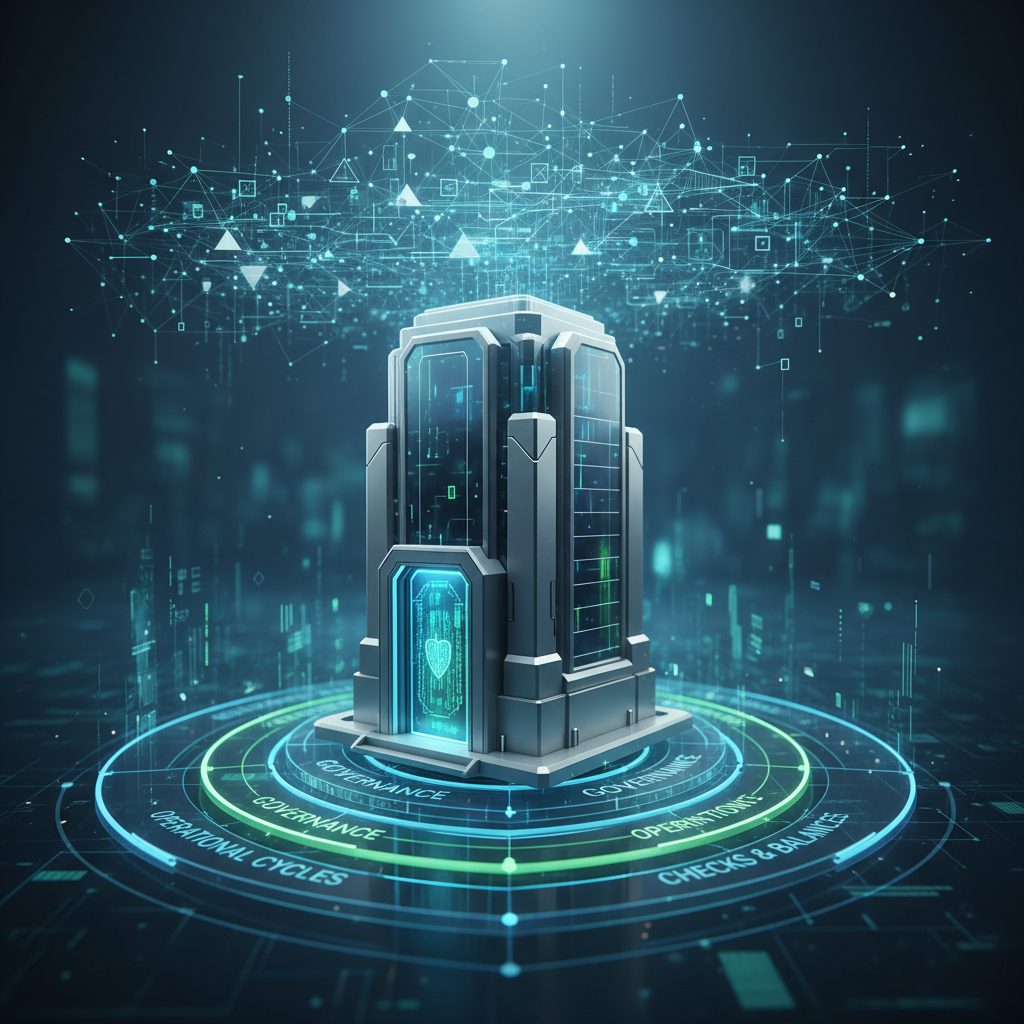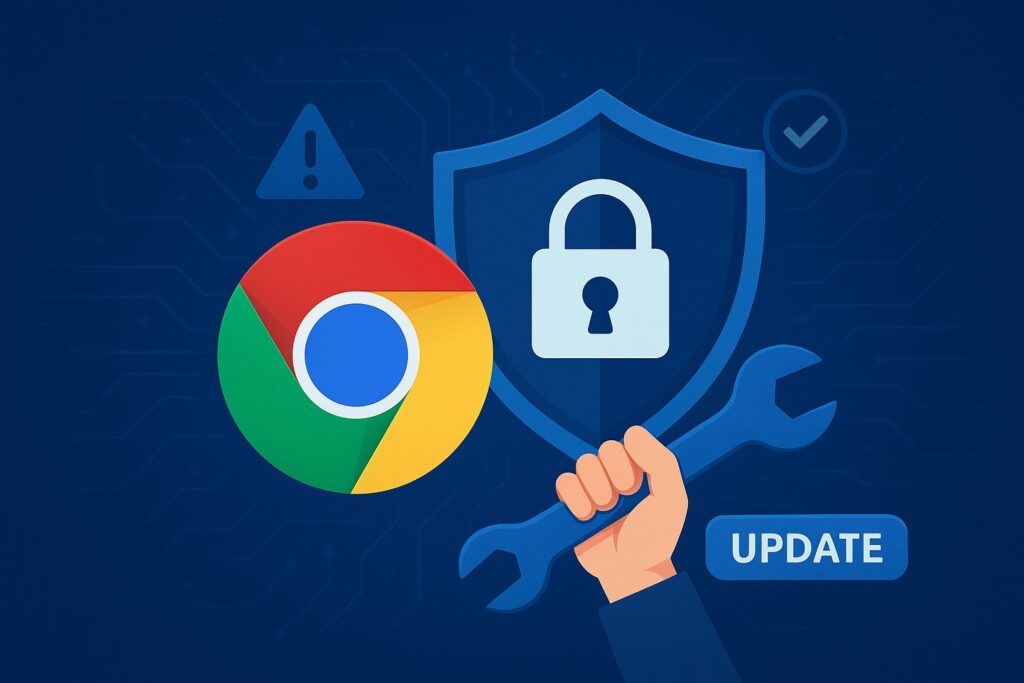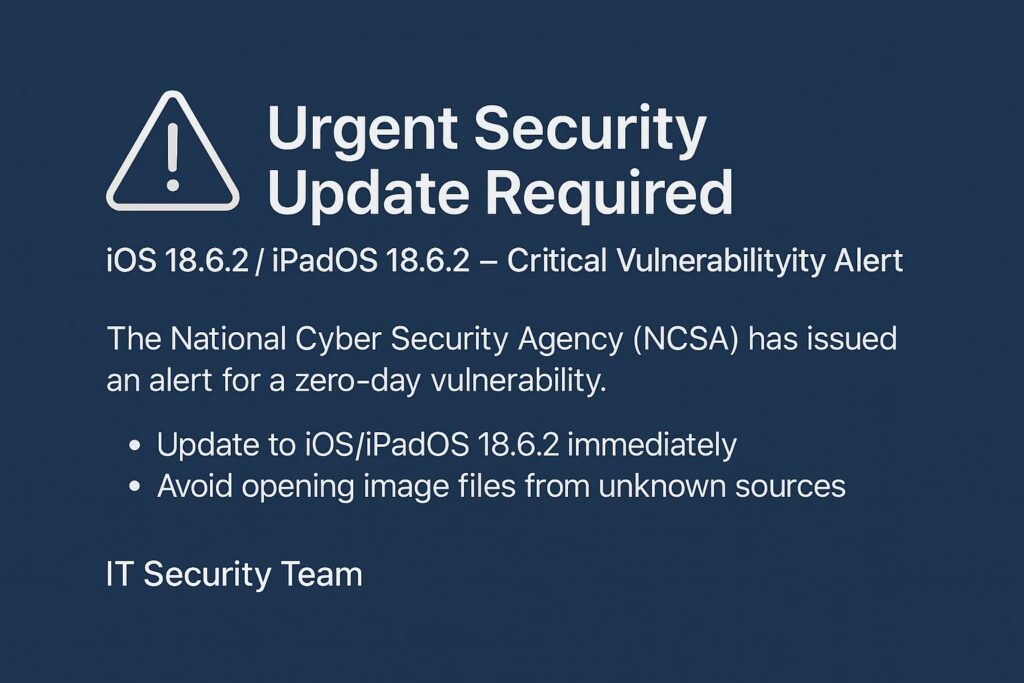The first quarter of 2025 confirmed that the cyber threat landscape continues to evolve rapidly, with attackers becoming more sophisticated and targeted. This period was marked by a sharp rise in AI-driven phishing, the persistence of ransomware, and increasing risks associated with cloud services and SaaS applications. Here’s a comprehensive summary of what we saw in Q1/2025, and what it means for the rest of the year.
1. Rise of AI-Powered Phishing Attacks
One of the most significant trends in Q1 was the surge in AI-generated phishing emails. These emails are now more convincing than ever—grammatically perfect, personalized, and often capable of bypassing traditional spam filters. Even experienced employees and executives have fallen victim to well-crafted impersonation emails leading to financial fraud or data breaches. The emphasis is now on building a zero-trust culture and investing in continuous cybersecurity awareness training.
2. Ransomware Shifts Strategy, Not Disappearing
Ransomware attacks remain a top concern, though their delivery and extortion tactics have evolved. Groups like LockBit, BlackCat, and Cl0p continue to operate through Ransomware-as-a-Service (RaaS) models. A rising method known as Double-Extortion 2.0 involves not only encrypting files but also threatening to publish stolen data unless ransom demands are met. Critical sectors—such as energy, healthcare, and manufacturing—were frequent targets in Q1/2025.
3. SaaS and Cloud Misconfigurations Still Pose Risks
Organizations relying on cloud platforms like Microsoft 365 and Google Workspace experienced a noticeable uptick in data exposure incidents due to misconfigured settings. These include overly permissive file sharing, lack of encryption, and poor access control. Implementing Cloud Security Posture Management (CSPM) tools and adhering to least privilege access principles are now vital strategies to reduce these risks.
4. Regulatory Pressure Ramps Up with NIS2 in Effect
The EU’s NIS2 Directive, which officially came into force in early 2025, has set new benchmarks for cybersecurity compliance, especially for critical infrastructure providers. This regulation requires timely reporting of cyber incidents and enhanced security governance. Global companies operating in or with EU partners are feeling the ripple effects, prompting many to enhance internal compliance frameworks even outside of Europe.
5. The Shift Toward Cyber Resilience
Cybersecurity leaders now widely acknowledge that perfect prevention is unrealistic. As a result, the concept of Cyber Resilience—the ability to detect, respond, recover, and adapt—has gained prominence. Key focus areas include secure and tested backup systems, regular incident response drills, and continuous threat monitoring. It’s no longer just about defense but about endurance and recovery.
Conclusion
The first quarter of 2025 highlighted that cybersecurity is no longer just an IT issue—it is a core business imperative. The growing complexity of threats demands an integrated approach that combines technology, people, and processes. Organizations that build a culture of security and resilience will be better positioned to survive and thrive in an increasingly hostile digital environment.







